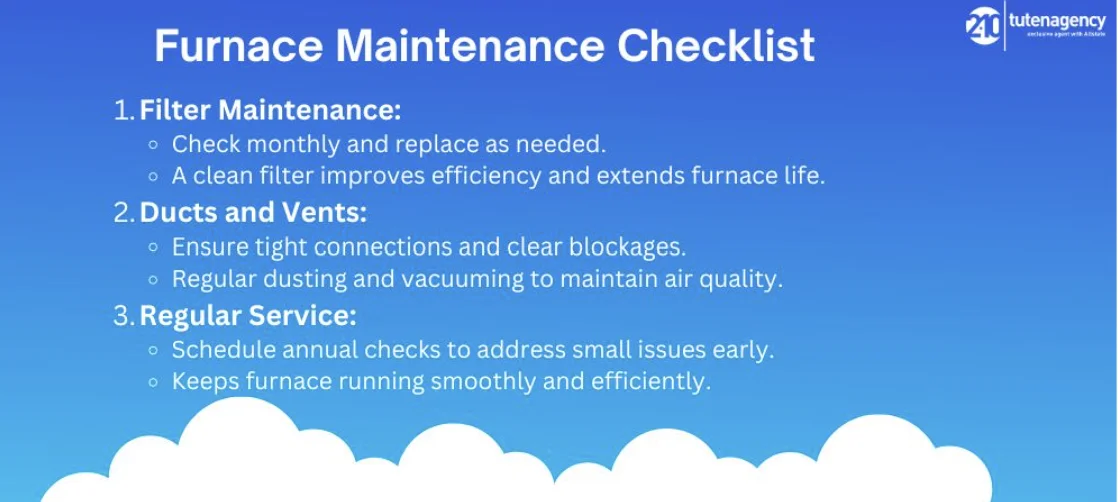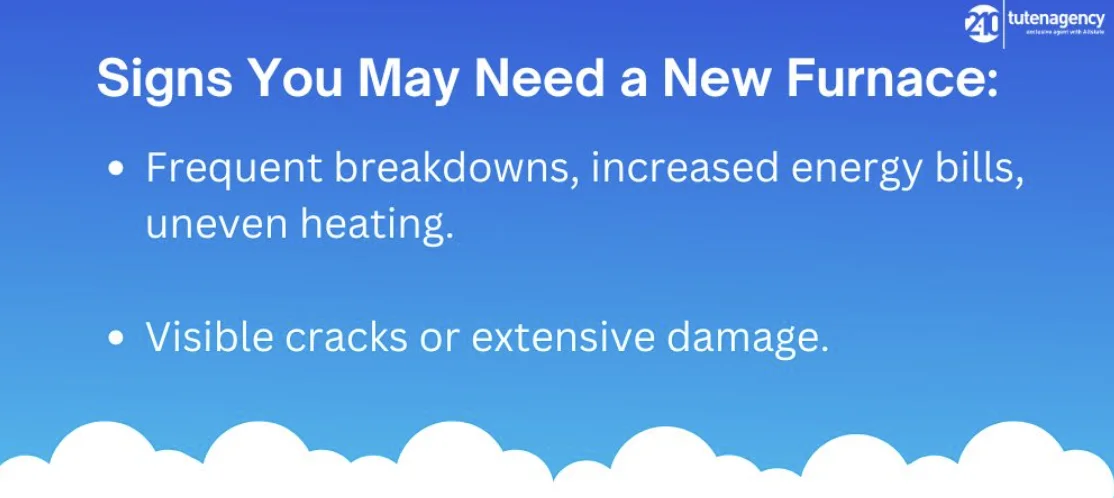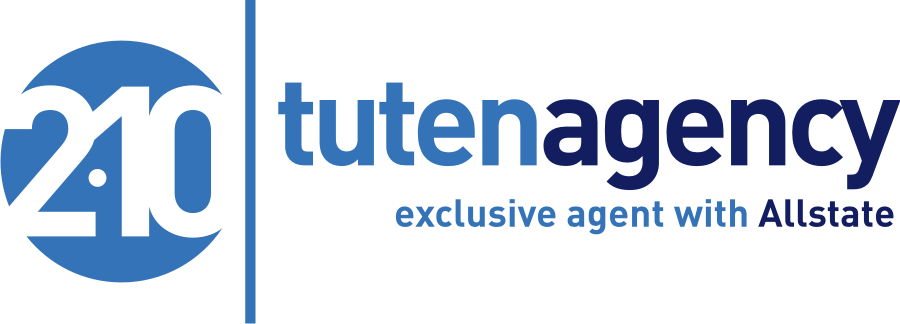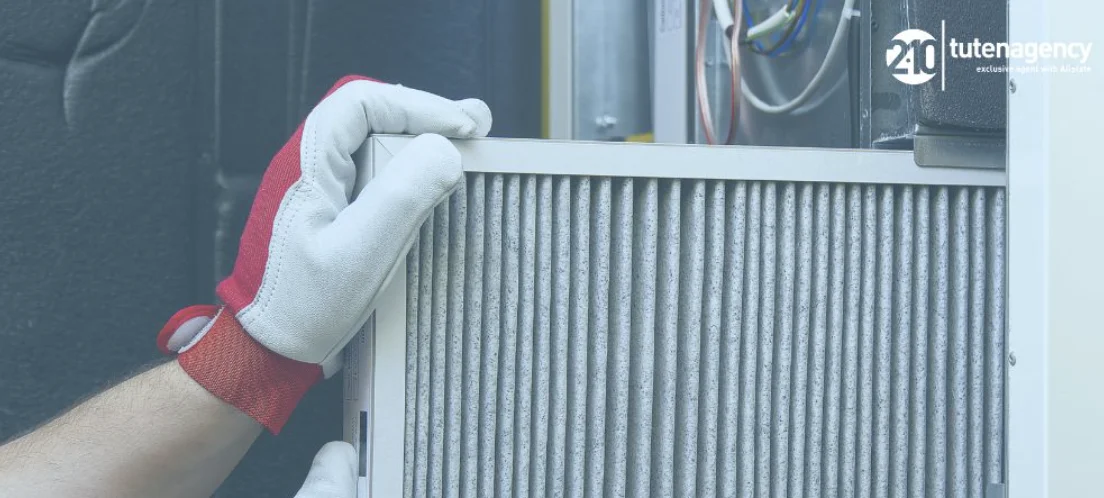Maintaining your home furnace is crucial for staying warm during colder months and ensuring the system runs efficiently and economically. This article will guide you through a comprehensive checklist for furnace upkeep, discuss costs associated with buying and installing a new furnace, and explain how to determine when it’s time for a replacement.
Furnace Maintenance Checklist
1. Filter Maintenance
Your furnace filter is a frontline defense in maintaining air quality and ensuring your furnace operates efficiently. It’s advisable to check the filter monthly and replace it based on the manufacturer’s recommendations or sooner if it appears dirty. A clean filter allows your furnace to breathe easier, extending its life and improving heating efficiency.
2. Ducts and Vents
The ducts in your home circulate warm air from your furnace into each room. Ensure these ducts are tightly connected and sealed to prevent heat loss. Regularly check that furniture, curtains, or debris do not block vents. Clearing out dust and vacuuming your home frequently can also prevent dirt from entering the air ducts, hindering performance and air quality.
3. Regular Service
Scheduling an annual service check for your furnace helps catch small issues before they turn into big problems. During these appointments, a technician will examine your furnace’s operation and overall condition, providing reassurance and possibly reducing future repair costs.

Cost Considerations
- Cost of a New Furnace: The price of a new furnace usually falls between $2,791 and $6,732. This varies by type; gas furnaces cost about $3,000 plus installation, while electric furnaces are roughly $2,000 plus installation. Although the initial expense is considerable, selecting the appropriate furnace can lower your ongoing utility bills
Professional installation is necessary and typically costs between $3,800 and $7,200. Prices may vary significantly by location, so it’s recommended to contact an HVAC professional through HVAC.com for detailed pricing in your area.
Lifespan of a Furnace
Most furnaces have a lifespan of 15 to 20 years according to carrier.com, but this can be lengthened through proper upkeep. Routine inspections and immediate attention to small problems can significantly prolong the efficient operation of your furnace.
Furnace Efficiency
Benefits of High Efficiency
Investing in a high-efficiency furnace can significantly reduce your heating bills. Energy Star-certified gas furnaces, for instance, are more efficient than standard models, translating into lower monthly costs.
Evaluating Furnace Efficiency
To assess whether your furnace is still efficient, ask your service technician for your annual fuel utilization efficiency (AFUE) rating. If it’s below 80%, consider upgrading to a more efficient model.
Signs That You May Need a New Furnace
It might be time to replace your furnace if it frequently breaks down, leads to sudden increases in energy bills, or emits uneven heat across your home. Other indicators include visible cracks or serious damages that are beyond simple repairs.

Insurance and Furnace Coverage
Standard homeowners insurance does not cover furnaces for normal wear and tear or replacement due to aging. However, you can inquire about Home Systems Protection from your insurance provider, which may cover unexpected damages from specific causes not usually included in a basic homeowners policy.
Purchasing a New Furnace
When considering a new furnace, getting at least three quotes to compare different offers is beneficial. Check if the estimates include removing and disposing of your old furnace, which can sometimes incur additional costs.
Conclusion
Maintaining your furnace ensures it operates efficiently, lasts longer, and keeps your home warm. Adhering to a regular maintenance schedule and knowing when to consider a replacement can optimize your furnace’s performance and save on future costs. Stay proactive about your furnace maintenance to enjoy a warm, safe, and energy-efficient home environment.
FAQs
What are the risks of not maintaining my furnace?
Neglecting furnace maintenance can lead to increased energy costs, poor heating performance, and potentially dangerous conditions like carbon monoxide leaks. Regular maintenance helps ensure safety, efficiency, and can prevent costly repairs.
How often should the furnace blower be cleaned?
The furnace blower should typically be cleaned at least once a year during a routine maintenance check. If you live in a particularly dusty area or have pets, you might consider cleaning it more frequently.
Can I perform any furnace maintenance tasks myself?
Yes, some maintenance tasks like changing the air filter and keeping the area around your furnace clear are simple and safe for most homeowners. However, tasks like checking the heat exchanger for cracks or adjusting the burner flames should be left to professionals.
What should I do if my furnace starts making unusual noises?
If your furnace starts making unusual noises, such as banging, whistling, or grinding sounds, it’s best to turn it off and contact a professional. These sounds could indicate serious issues that might need immediate attention.
Get the right coverage for your home with tutenagency
New tutenagency customers?
Quote homeowners insurance online or call (334) 502-5111 to insure your home.
Legal Disclaimer: ADVERTISING MATERIAL ONLY. Do not rely on this site or this article for legal or financial advice. The information provided on 210agency.com is strictly for educational purposes and to provide you with general educational information. Since state laws and financial regulations are subject to change, please schedule an appointment with an attorney or qualified financial advisor in your area to further discuss your personal situation. This public information is neither intended to, nor will it, create an attorney-client or financial representative relationship.

